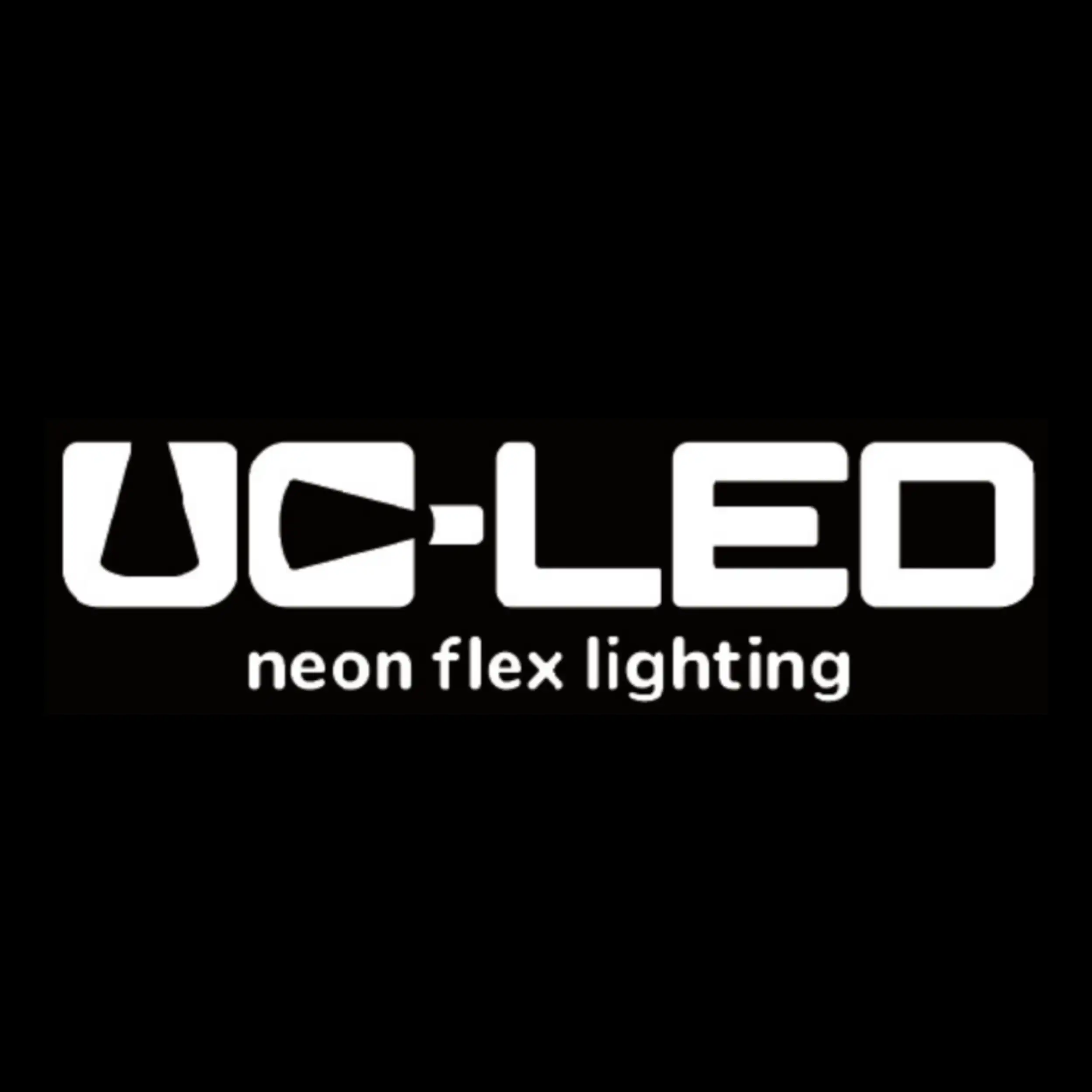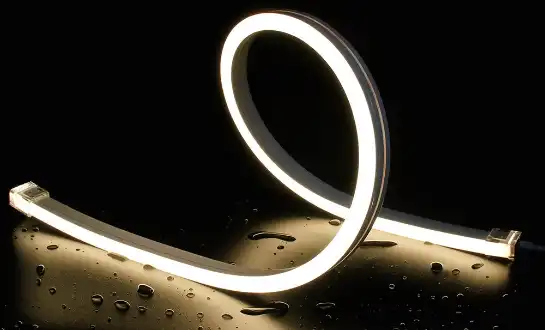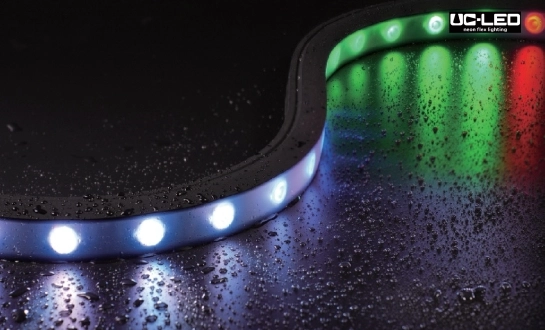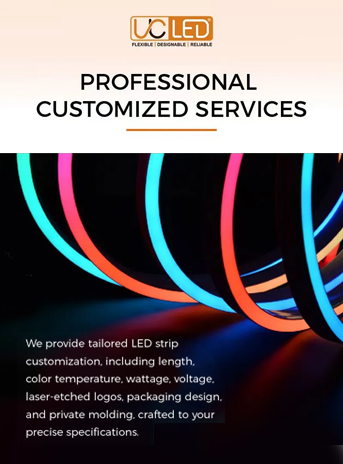Understanding LED Strip Warranties: Coverage and Duration
Types of Warranties for LED Strips
When exploring the world of LED strip lighting, understanding the various warranty types is paramount. Manufacturers often offer different levels of coverage, each tailored to specific aspects of their products. The most common warranty types include:
- Limited Warranties: These typically cover manufacturing defects and may have specific conditions or exclusions.
- Performance Warranties: Focused on maintaining a certain level of light output and color consistency over time.
- Pro-rated Warranties: Offer diminishing coverage over the warranty period, with replacement value decreasing as the product ages.
For flexible LED strips, warranties may also address unique features such as the integrity of the flexible PCB or the durability of the waterproof coating. Buyers should scrutinize these details to ensure they align with their intended use and installation environment.
Typical Warranty Durations for LED Strips
The duration of LED strip warranties can vary significantly between manufacturers and product lines. Generally, warranty periods for quality LED strips range from:
- 1-2 years for basic models
- 3-5 years for premium products
- Up to 10 years for high-end, commercial-grade flexible LED strips
It's worth noting that longer warranties often correlate with higher product quality and manufacturer confidence. However, buyers should be wary of unrealistically long warranty periods that seem too good to be true, as they may come with stringent conditions or limited coverage.
What's Typically Covered in LED Strip Warranties?
A comprehensive LED strip warranty should cover several key aspects:
- Lumen Maintenance: Ensuring the light output remains above a specified percentage of the initial brightness.
- Color Consistency: Guaranteeing that the color temperature or RGB capabilities remain stable within acceptable tolerances.
- Power Supply Issues: Coverage for integrated drivers or power supplies that are crucial for LED strip operation.
- Adhesive Backing: For flexible LED strips, some warranties may cover the effectiveness of the mounting adhesive.
- Waterproofing: For outdoor or moisture-resistant models, the integrity of the waterproof coating or enclosure.
It's crucial to understand that most warranties do not cover damage from improper installation, accidents, or use beyond the product's specifications. Always review the fine print to understand the full scope of coverage.
Key Factors to Consider in LED Strip Warranty Policies
Manufacturer Reputation and Support
When evaluating LED strip warranty policies, the reputation of the manufacturer plays a pivotal role. Established companies with a track record of quality products and customer satisfaction are more likely to honor their warranties and provide robust support. Consider the following:
- Company Longevity: Opt for manufacturers with a stable presence in the market.
- Customer Reviews: Look for feedback on warranty claim experiences from other buyers.
- Technical Support: Ensure the company offers accessible customer service and technical assistance.
A reputable manufacturer of flexible LED strips will not only provide a comprehensive warranty but also demonstrate a commitment to customer satisfaction through responsive support channels.
Warranty Claim Process and Requirements
Understanding the warranty claim process is crucial for a smooth experience if issues arise. Key aspects to consider include:
- Claim Initiation: How to start the warranty claim process (e.g., online form, email, phone).
- Required Documentation: What proof of purchase or other documents are needed to file a claim.
- Troubleshooting Steps: Any preliminary diagnostics required before a claim is accepted.
- Return Shipping: Who bears the cost of returning defective products.
- Processing Time: The expected timeline for claim review and resolution.
A transparent and straightforward claim process indicates a manufacturer's confidence in their product and commitment to customer satisfaction.
Exclusions and Limitations in LED Strip Warranties
Warranty policies often contain exclusions and limitations that buyers should be aware of:
- Installation Requirements: Some warranties may be void if the product is not installed by a certified professional.
- Usage Restrictions: Warranties might not cover products used beyond their rated duty cycle or in extreme environments.
- Modification Clauses: Any alterations to the LED strip, including cutting or splicing, may void the warranty.
- Consequential Damages: Most warranties do not cover indirect losses resulting from product failure.
For flexible LED strips, pay particular attention to any clauses related to bending radius or mounting surface requirements, as these can significantly impact the product's longevity and warranty validity.
Maximizing the Value of Your LED Strip Warranty
Proper Installation and Maintenance
To ensure your flexible LED strip remains covered under warranty and performs optimally, proper installation and maintenance are crucial:
- Follow Manufacturer Guidelines: Adhere strictly to installation instructions provided by the manufacturer.
- Use Compatible Components: Ensure all power supplies, controllers, and connectors are compatible and approved for use with your LED strip.
- Regular Cleaning: Keep the LED strip free from dust and debris, which can affect heat dissipation and performance.
- Avoid Overheating: Ensure adequate ventilation and avoid installing in enclosed spaces without proper heat management.
- Protect from Moisture: For non-waterproof strips, install in dry locations and use appropriate enclosures when necessary.
By following these practices, you not only extend the life of your LED strip but also maintain compliance with warranty terms, ensuring coverage if issues arise.
Documentation and Record Keeping
Maintaining thorough documentation is essential for smooth warranty claims:
- Purchase Records: Keep receipts, invoices, and order confirmations in a safe place.
- Product Information: Record model numbers, batch codes, and any serial numbers.
- Installation Details: Document the date of installation and any relevant environmental conditions.
- Maintenance Log: Keep a record of any maintenance performed or issues encountered.
- Correspondence: Save any communication with the manufacturer or seller regarding your product.
This meticulous record-keeping can expedite the warranty claim process and provide crucial evidence if disputes arise.
Understanding Warranty Transfer and Product Registration
Some aspects of LED strip warranties that buyers often overlook include:
- Warranty Transferability: Determine if the warranty can be transferred to a new owner, which can be valuable for resale or property transfers.
- Product Registration: Many manufacturers offer extended warranty periods or additional benefits for registered products.
- Commercial vs. Residential Use: Be aware that warranty terms may differ based on the application of the LED strip.
- Warranty Extensions: Some companies offer the option to purchase extended warranty coverage.
By understanding these nuances, buyers can make informed decisions and potentially extend their warranty coverage, ensuring long-term protection for their LED strip investment.
Conclusion
Understanding LED strip warranty policies is crucial for making informed purchasing decisions and ensuring long-term satisfaction with your lighting investment. By carefully considering the warranty coverage, duration, and terms, buyers can protect themselves against potential issues and maximize the value of their LED strip products. Remember to choose reputable manufacturers, follow proper installation and maintenance procedures, and keep thorough documentation to make the most of your warranty coverage. For more information on LED strip warranties and high-quality flexible LED strip options, feel free to contact us at Linda@uc-led.com. Our team is always ready to assist you in finding the perfect lighting solution backed by comprehensive warranty support.







